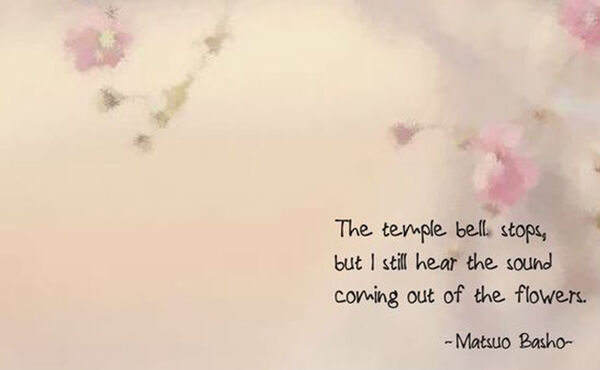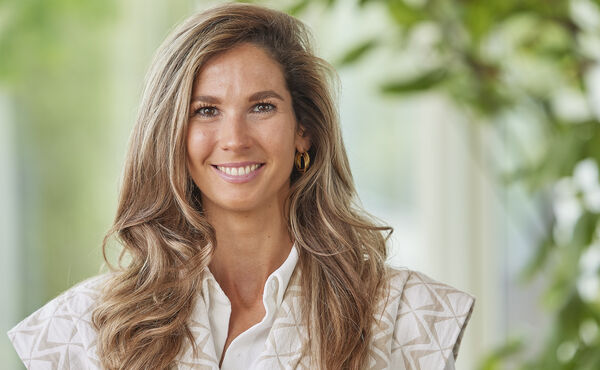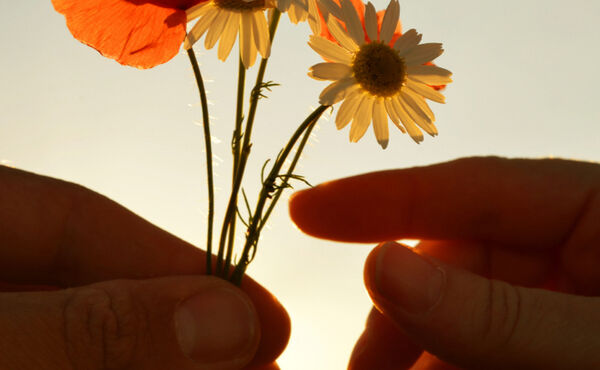Long before people were sharing uplifting mantras on Instagram feeds, there was the classic Japanese poem form Haiku (俳句). A haiku is a short, non-rhyming poem and is usually about a feeling or experience of the poet. Let yourself be carried away by the beauty of the carefully selected words and discover all about the art of haiku here.
History of Haiku
The haiku, as a form of poetry, originated in Japan in the seventeenth century. The predecessor of the haiku is the tanka, and this Japanese form of poetry is centuries older but much less well-known today. Haiku poems have stood the test of time thanks to Japanese haiku masters like Basho, Buson, Issa, and Shiki. Below you can find the translation of the most famous haiku of all time, written by the Japanese Matsuo Basho (1644 - 1694):
Oh, old pond,
a frog leaps from the shore,
sound of water.
Hendrik Doeff was the first Dutchman to write haikus. Doeff was an administrator on the Dutch trading island of Dejima near Nagasaki, and in 1819 two of his haikus were published in Japanese. High praise, indeed.
How to Haiku
Are you inspired, and do you want to give writing haiku poetry a try yourself? It’s a fun, creative way to while away some hours, here are some handy tips for writing a haiku poem…

- Syllables
A haiku often consists of three lines of 5, 7 and 5 syllables. In Japan, other forms are also used, where a haiku is often written on one line. The number of syllables can also vary. The world-famous poet Basho once wrote a haiku in which the second line had no fewer than 9 syllables. More and more Western haiku poets write their own versions with a different number of syllables, usually fewer. It’s important to keep in mind: more than 17 syllables in a haiku is hardly ever the case. Because haikus are so short, the poems should quickly hit the core. But at the same time, there must be enough left over to leave the reader thinking: that is the power of a perfect haiku. - Nature, everyday life & seasons
The classic Japanese haiku is usually about nature, but you can also write about everyday life. Another traditional topic is to refer to one of the Japanese seasons. This is often done by naming a flower, an animal or the weather that is characteristic for that particular season. Below, you can enjoy a well-known haiku that is a perfect mix of the subjects mentioned:
Leaves fly
in front of the house across the field,
the cat is ecstatic.
- Japanese New Year
A reference to the Japanese New Year, also known as the beginning of spring, is also popular. Especially the first morning of the new year, when everything is in bloom, is a source of inspiration. We too are inspired by the Japanese New Year and celebrate it with The Ritual of Sakura. The fragile blossoms of the 'sakura' (Japanese cherry) are often described as 'spring snow' by Japanese poets. In Japan, they are an ancient symbol of the rebirth of nature and purity. The delicate scent of cherry blossom symbolises that life and beauty are of short duration, so they should be enjoyed to the fullest. Discover our The Ritual of Sakura products and experience every day as a new beginning.
Modern haiku
The main difference between classical and modern haiku is the chosen subject. While it is a must for the classical Japanese haiku to refer to a season, nature, or the Japanese New Year, a modern haiku can be about anything. What do you think of a haiku about carnival or your last visit to the dentist?
Want to explore haiku poetry a little more before you pick up your pen and paper? Discover the most inspiring haiku Instagram accounts below:
@the.daily.haiku
@haiku
@dutch_haiku_edgw
Got some ideas? Now, it’s time to put pen to paper. Enjoy.



.jpg?sw=600&sh=370&sm=fit&cx=0&cy=0&cw=600&ch=370&sfrm=jpg)
.jpg?sw=600&sh=370&sm=fit&cx=0&cy=0&cw=600&ch=370&sfrm=jpg)


